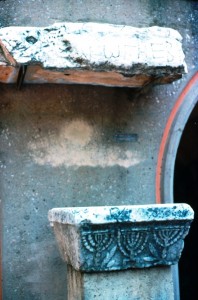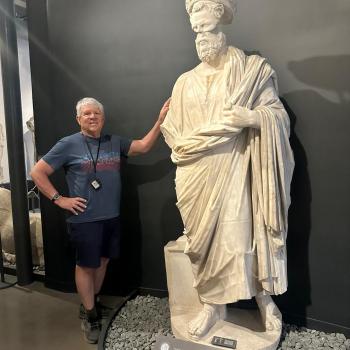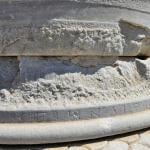One of the most important series of publications of primary sources translated into English that is of direct relevance to the study of the NT over the course of the last thirty plus years is New Documents Illustrating Early Christianity now stretching to ten volumes and having gone through many editors. Thankfully Eerdmans picked up the torch from Macquarrie University and has been providing us with splendid editions of these volumes.
The series was the brain child of Edwin Judge and others at Macquarrie in Sydney where still most of the heavy lifting is being done. What this entire series entails is the study in detail of all sorts of papyri of relevance to the understanding of the NT. The most recent volume covers the papyri recovered, read, and catalogued over the period 1988-92. In other words, we’re only twenty years behind in getting these things into the light of day. Truth breaks forth gradually, I’m afraid.
This current volume has many interesting entries, and this post will focus on just one— lists of early Jewish names, covering the period 300 B.C. to 200 A.D. The source for the information is T/ Ilan’s important volume Lexicon of Jewish Names in Late Antiquity: Part I: Palestine 300 BCE– 200CE (Tubingen, 2002).
Here is the compilation of most frequently found Jewish male and female names over that period:
Lexicon BDAG
Simon (Simeon) 257 9
Joseph (Joses) 231 12
Judah 179 8
Eleazar (Lazarus) 177 3
Yohanan (John) 128 7
Joshua (Jesus) 103 5
Hananiah (Ananias) 85 4
Jonathan 75
Mattathias (Matthew)63 2
Menahem 46
—–
Mariam (Mary) 80 7
Salome 63 1
Shelamzion 25
Martha 20 1
Joanna 12 1
Shipra 12
Berenice 10 1
Sarah 9 1
Imma 7
Mara 7
Ilan explains the popularity of these names over a half millenium by pointing to the ongoing influence of the Hasmonean (and Maccabean) period. Names like Mariam and Salome were ‘typically’ Hasmonean and while we are at it Mattathias and his five sons (John, Simon, Judas, Eleazar, Jonathan) account for some 30% of the male names! As E.A. Judge, who wrote the article in this volume on this subject points out, “the explicitly Christian allocation of personal names is not noted before Dionysius bishop of Alexandria AD 247-264.” (p. 158).
Now this sort of material is of course of direct relevance to the discussion of archaeological finds like that at the Talpiot tomb (Part One) with its various ossuaries with names on it. Over-confident assertions that this was some sort of Jesus family tomb or Jewish Christian family tomb fail to take into account how very common most of the names found there were in early Judaism. Indeed, most of the names on those ossuaries are found in the two short ‘most popular name’ lists above. The names were popular throughout that 500 year period.
That Jewish bones were interred in those Talpiot tomb ossuaries from before or a bit after the turn of the era no one doubts. That the configuration of names on those ossuaries favors the very specific conclusion of a Jewish Christian graveyard or even a Jesus family designation is not merely over-confident, it is going way beyond what the early Jewish onamastic evidence itself suggests.













